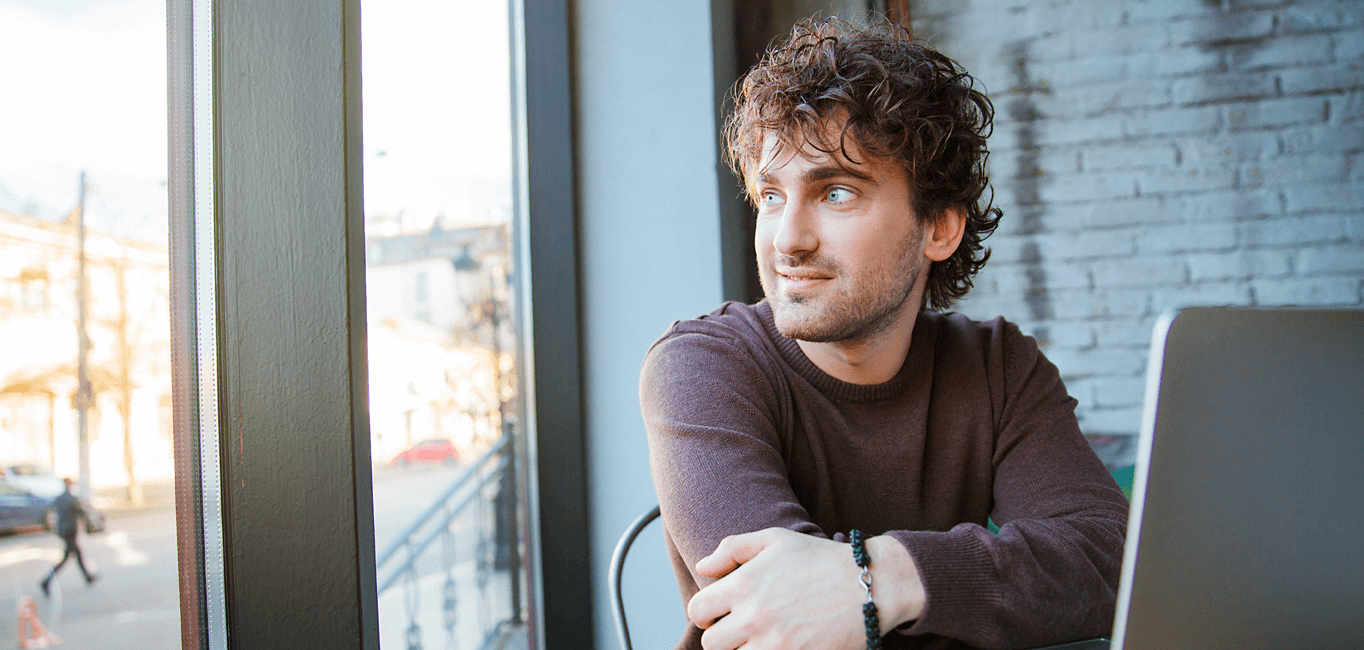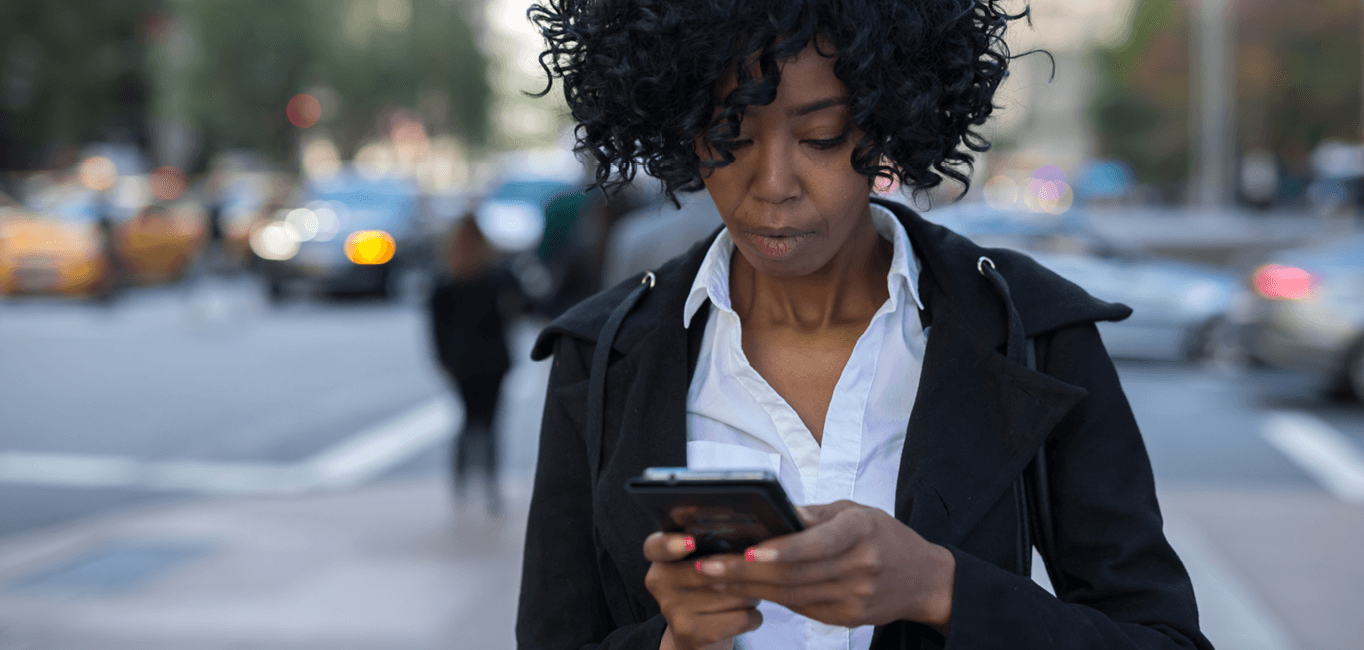Get your PII data under control to help mitigate the risk of reputational damage and financial penalties.
Organisations need to be able to demonstrate that they know where all the Personally Identifiable Information (PII) they hold is located and how it’s linked to specific individuals. If you work in a highly regulated sector, the demands and penalties here will be particularly stringent. Obligations may vary by territory, and even between US states. In the UK and Europe, GDPR regulations apply to any data controller.
Identity resolution is a key discipline for responsible organisations who collect data from more than one source about individuals who engage with them or provide personal information of any kind. It means being able to gather all PII data from across a range of systems about an individual. A consistent identity resolution process is the only way you can be sure that you are delivering marketing experiences and engagement in a responsible and compliant manner.
YOU NEED A FULL REVIEW OF DATA IN YOUR DIVERSE SYSTEMS, SOFTWARE AND TOOLS
Compliance is made harder because even if you use the latest digital campaign delivery platforms, you’ll likely have a number of legacy systems, a diverse estate of software and some cloud-based tools in the mix. Somehow, you have to resolve identities across all of these.
The first step is to assess the risk – you need to examine all the data you hold across the organisation and make sense of it. This is a challenge, because your data will be fragmented and the quality will vary. You’ll need a thorough and systematic approach that takes in finance, CRM and e-commerce systems, to address:
- Accurate data capture and storage
- Duplication of data and customer records
- Data validity and standardisation
- Maintenance of data and recency of updates
- Data understanding
With a complete and accurate assessment of the quality and completeness of your data, you can look to improve your data collection, storage and identity resolution processes to avoid non-compliance in the future.
Tackling identity resolution for data compliance across your organisation is a daunting task. CACI’s experts have developed the ResolvID application to help customers with complex data and system estates to manage identity resolution reliably.
ResolvID can bring together data from multiple sources, standardise and cleanse it then report on it to reveal issues that need tackling. It’s ideal for managing compliance risk and mitigating against fines and reputational damage. It also provides the consistent, unified customer data you need to deliver successful personalisation and differentiated customer experiences, for revenue and customer growth.
If you’d like to find out more about harnessing ResolvID to assess and tackle your compliance issues, get in touch with our specialist data team.










